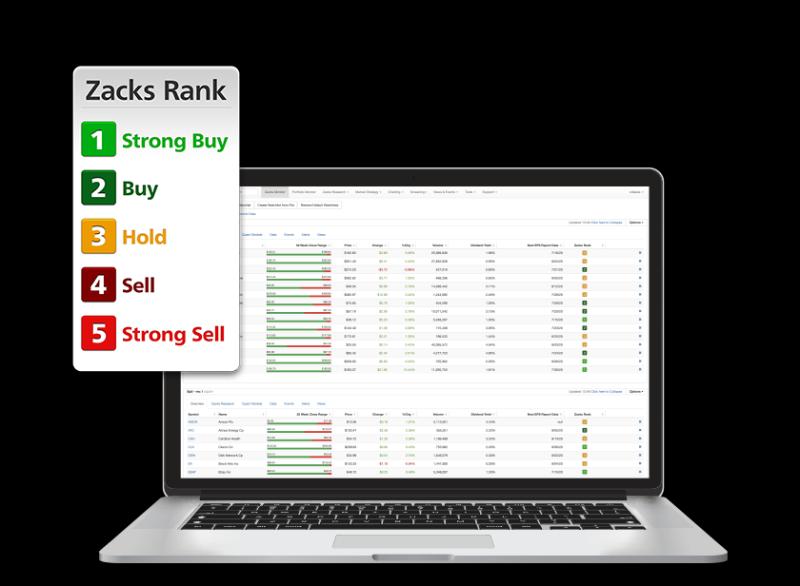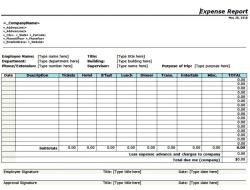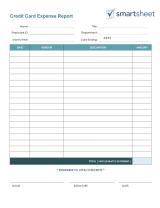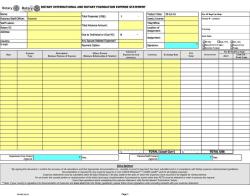How do I get the Zacks rank in Zacks advisor tools?
Accessing the Zacks Rank within Zacks Advisor Tools typically involves a few steps:
Login:
- Log in to your Zacks Advisor Tools account using your credentials.
Navigate to Research or Dashboard:
- Look for options like "Research," "Tools," or "Dashboard" in the menu bar or homepage.
Locate Zacks Rank:
- Within the Research or Tools section, there might be a specific tab or option for accessing the Zacks Rank. It could be labeled as "Zacks Rank," "Stock Rank," or something similar.
Select Criteria or Search:
- You might be able to search for specific stocks or use criteria to filter stocks based on the Zacks Rank. This could involve selecting a rank range (e.g., Strong Buy, Buy, Hold, Sell, Strong Sell) or specifying other parameters to narrow down the stocks.
View Rankings:
- Once you've accessed the Zacks Rank section or tool, you should be able to view the ranks assigned to various stocks based on Zacks' proprietary analysis and ranking system.
Additional Information:
- Explore additional details or information associated with the Zacks Rank, such as performance data, analyst insights, or trends related to each ranked stock.
Remember, the layout and specific steps might vary within the Zacks Advisor Tools platform. If you have trouble locating the Zacks Rank or need more detailed guidance, consider referring to the platform's user guide, help section, or contacting their customer support for assistance.
How can users access the Zacks rank within Zacks advisor tools?
Users can access the Zacks rank within Zacks Advisor Tools in several ways:
- Stock Table Builder: The Stock Table Builder allows users to view the Zacks rank for a group of stocks at once. To do this, users can add the "Zacks Rank" column to the table.
- Stock Screener: The Stock Screener allows users to filter stocks based on their Zacks rank. To do this, users can select the "Zacks Rank" criterion and choose the desired rank or ranks.
- Stock Research Reports: The Zacks Rank is also displayed on individual stock research reports. To access these reports, users can search for a stock by ticker symbol or company name.
What factors contribute to the Zacks rank calculation in Zacks advisor tools?
The Zacks Rank is a proprietary ranking system that is based on a combination of factors, including:
- Earnings estimates: Zacks analysts track the earnings estimates of over 3,500 stocks and assign each stock a rank of 1 (Strong Buy) to 5 (Strong Sell) based on the expected growth of its earnings.
- Revisions to earnings estimates: Zacks also tracks revisions to earnings estimates and factors this information into the Zacks Rank calculation. Stocks with upward revisions to their earnings estimates are typically given a higher rank, while stocks with downward revisions are typically given a lower rank.
- Other fundamental factors: Zacks also considers other fundamental factors, such as a company's sales growth, profitability, and return on equity, when calculating the Zacks Rank.
Are there different versions or interpretations of the Zacks rank in Zacks advisor tools?
No, there is only one version of the Zacks Rank. However, there are different interpretations of the Zacks Rank. Some investors use the Zacks Rank as a buy-and-hold strategy, while others use it for short-term trading.
Here is a table that summarizes the different interpretations of the Zacks Rank:
| Zacks Rank | Interpretation |
|---|---|
| 1 (Strong Buy) | The stock is expected to outperform the market over the next 1-3 months. |
| 2 (Buy) | The stock is expected to outperform the market over the next 3-6 months. |
| 3 (Hold) | The stock is expected to perform in line with the market over the next 6-12 months. |
| 4 (Sell) | The stock is expected to underperform the market over the next 6-12 months. |
| 5 (Strong Sell) | The stock is expected to significantly underperform the market over the next 6-12 months. |










